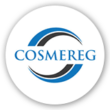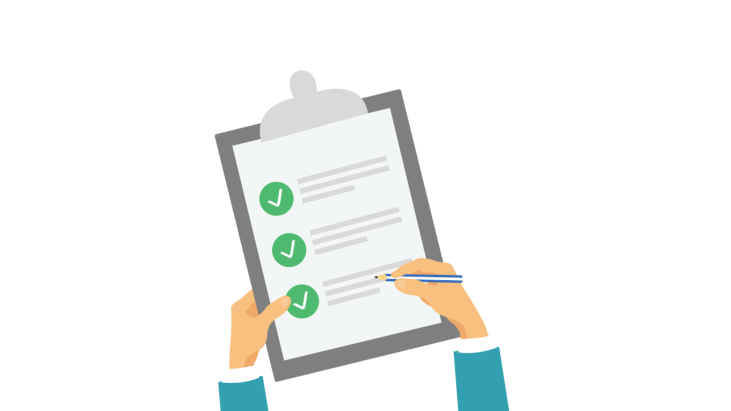Importing Food to the USA: A Comprehensive Guide
If you’re planning to import food into the United States, understanding the regulatory process is crucial. The U.S. Food and Drug Administration (FDA) plays a central role in overseeing all foods and food ingredients introduced into or offered for sale in interstate commerce. Here’s a step-by-step guide to help you navigate the process effectively:
- FDA Registration:
Before importing food shipments, both importers and food facilities in the relevant exporting countries must register with the FDA. Importers can complete their registration on the FDA website, while food facilities in the U.S. and exporting countries can register on the dedicated FDA webpage.
- Entry Identifier:
Upon successful registration, importers receive a seven-digit identifier crucial for filing FDA Prior Notice. This identifier is used when submitting the FDA Prior Notice up to five days before the food product arrives in the United States.
- FDA Product Code:
The FDA product code is a unique identifier comprising five to seven alphanumeric characters that describe a specific product. It plays a crucial role in the FDA’s regulatory framework, ensuring that the code aligns with the actual product name and description. The structure of the FDA product code encompasses five components: Industry Code, Class, Subclass, Process Indicator Code (PIC), and Product (Group). These elements provide detailed information about the product, including its industry, classification, container type, process, and specific identification within a category.
To determine the product code, familiarity with the product itself, including labeling, processing details, intended use, and container type, is essential.
The FDA provides a helpful product code builder tool on their website.
- File Prior Notice:
Once the FDA registration is complete and the FDA Product Code is determined, importers can proceed to file their Prior Notice with the FDA.
- Additional FDA Information for Customs Clearance:
Specific information needs to be provided to the logistic company before filing the Customs entry. This includes the FDA Product Code, FDA Manufacturer Code (using Customs MID), FDA Supplier Code (provided by the supplier), Importer FEI Number Name (Federal Establishment Identifier), FDA Shipper Number (provided by the shipper), and Manufacturer Processor FDA Number (provided by the manufacturer).
- FDA Examination Process:
Once customs clearance is filed and information is transmitted to the FDA, your shipment will be staged for an FDA exam. The FDA may choose to review paperwork and release the shipment, or they may opt for a physical examination. The selection process for exams is at the discretion of the FDA and other government agencies involved in border protection.
Understanding FDA Regulations for Food Products
What Does FDA Regulate?
For a breakdown of traditionally-recognized product categories falling within the FDA’s regulatory scope, refer to the What Does FDA Regulate? page.
Specific Products and Regulatory Requirements:
Explore specific products and their regulatory requirements, including but not limited to:
- Human Foods: Information on foods for human consumption, dietary supplements, food and color additives, and substances in contact with food.
- Human Drugs: Details on active pharmaceutical ingredients, prescription (Rx), and over-the-counter (OTC) medications.
- Vaccines, Blood and Biologics: Insights into biologic products used in blood banking operations.
- Medical Devices: Information on various medical devices.
- Radiation-Emitting Electronic Products: Guidance on products emitting radiation.
- Cosmetics: Details on cosmetic products.
- Animal and Veterinary: Information on animal food and feed, veterinary medicines, and devices.
- Tobacco Products: Regulations for FDA-controlled tobacco products.
Resources for Producing a Food Product
If you’re involved in producing a food product, the FDA offers valuable resources to get you started:
- What Does FDA Regulate?
- Provides a list of recognized product categories under the FDA’s regulatory jurisdiction.
- How do I start a food business?
- An overview of regulatory requirements related to initiating a food business, with links to various considerations.
- I have a small business. What kind of help is available for me?
- Information on activities instituted by the FDA to assist small businesses.
- How can I learn more about FDA’s food labeling requirements?
- Links to labeling and nutrition guidance documents, providing regulatory information.
- How does FDA regulate color additives?
- Resources related to the use of color additives in FDA-regulated products.
- How does FDA regulate food additives?
- Information and guidance documents about food additives and food additive petitions.
- How does FDA regulate food contact substances?
- Information about packaging and substances that come in contact with food.
- Where can I find guidance issued by FDA?
- A tool to search all of FDA’s guidance documents.
- How do I know if I’m working with materials Generally Recognized as Safe (GRAS)?
- Learn about the GRAS program and check if your materials are generally recognized as safe for their intended use.
- How can I learn more about what FDA is doing in genome editing?
- A Q&A section with links to relevant documents providing information on FDA’s activities in genome editing.
- How can I learn more about how FDA regulates food from genetically engineered plants?
- Information about the regulatory system for biotechnology in food.
- Who can I call at FDA to talk about my product?
- The FDA hotline at 1-888-SAFEFOOD is a good starting point, and the page also allows you to submit your question electronically.
In summary, these steps and resources are critical for ensuring compliance with FDA regulations, facilitating a smooth import process for your food products into the United States. The cooperation with the FDA and adherence to their requirements are essential for a successful entry process. Contact Cosmereg with more than 10 years of experience guiding you through the US FDA compliance complex landscape with ease.



